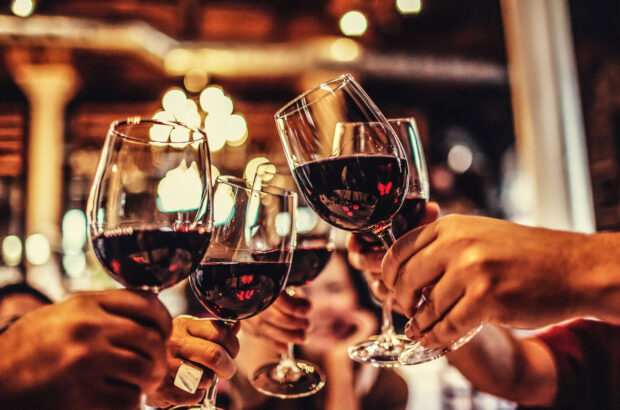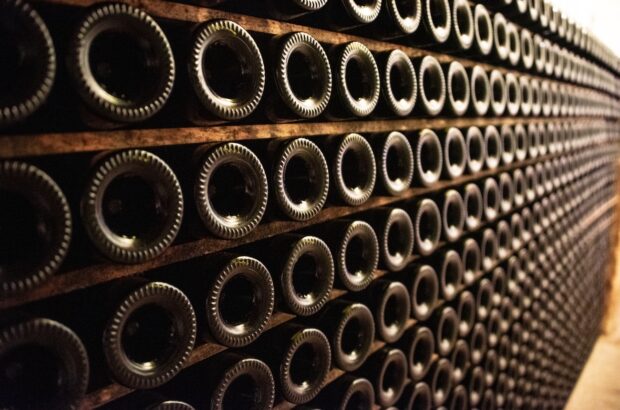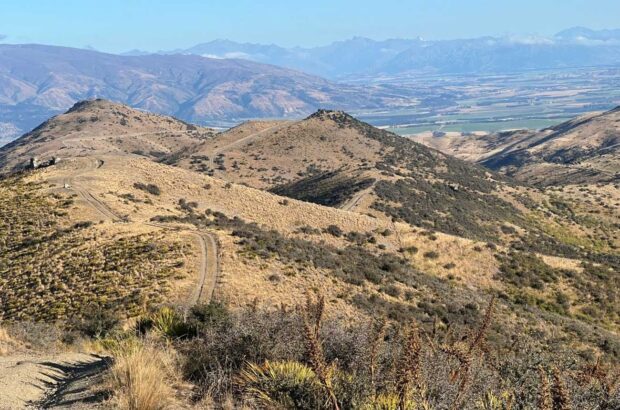Oz Clarke writes about changes in California wine...
California wine and balance
This article first appeared in Decanter magazine’s January issue. Subscribe here.
This ‘balance’ thing is going to run and run in California. We’ve had wine writer Jon Bonné and his book on The New California. And we’ve had sommelier Rajat Parr and Co with their ‘In Pursuit of Balance’ campaign, which was so successful it has now disbanded after its final tasting in November in San Francisco. Why this success? Because it touched a raw nerve.
And these balance advocates weren’t the first ones either. Cathy Corison has been practising balance at her Napa winery for nearly 30 years. Jim Clendenen at Au Bon Climat has been talking this language since the 1980s and is a bit miffed that the new flag-wavers are claiming the balance idea is all theirs, when he’s been banging the drum for 35 years.
But it’s only now that he and Corison can be increasingly confident of a mainstream audience when they say ‘I told you so’.
-
William Kelley’s top American fine wines of 2016
-
William Kelley’s top five California Cabernet 2013 vintage wines
-
What’s new in California wine?
-
A changing tide for California Zinfandel
But this isn’t some new truth. It’s more like an alternative view finally being given the oxygen to be heard. As yet the balance brigade has focused almost entirely on Pinot Noir and Chardonnay, when you could argue that Merlot and Cabernet Sauvignon are more in need of a rethink.
Except that Cal Cab is the style most confident of its market, feeling the least need to change, while Pinot is the variety most beloved of sommeliers, hipsters and wine’s chattering classes. That’s a lot of oxygen.
And yet change is in the air on all sides in California, and on a recent visit it was this cheerful desire to talk about an alternative view, even in Napa, that was so refreshing.
Ah, refreshing. Yes. Cabernet producers are using the word ‘freshness’. I don’t remember much of that in the past 20 years. Trellising is being changed to protect the vines from the sun. The cooler mountain vineyards are being given much more respect.
And the word ‘green’ is reappearing. For red wines. Nate Weis of Silver Oak – famed for a lush interpretation of Cabernet – wasn’t alone when he said ‘a little greenness is a good thing’ in a Cal Cab.
This state of mind will surely influence the styles of Cabernet being made, especially in Napa. And it’s also of enormous importance that the power of the über-critics is waning. They’re still rewarding the Big Beasts, but fewer people are listening.
As one Sonoma producer put it, ‘the chorus of sommeliers has proved hard to ignore’. And the frenzy of social media. And the consequent effect of peer pressure. And, finally, the delightful, liberating maturity of making up your own mind. Add to that the march of the millennials, and this change may be for real.
‘California is full of thrilling vineyards’
But it’s not only balance. This is just part of the movement. There are an increasing number of wines that thrill and inspire regardless of balance. They’re often low alcohol, but not always, and they’re wines of such unbridled perfume or tantalising flavour that tannins or acidity being a bit out of kilter scarcely seems to matter. The thrill’s the thing.
After all, technically you can manufacture balance, if you are so minded, in a laboratory. Thrilling flavours need a thrilling vineyard to come into being. Well, California is full of thrilling vineyards. It’s just that the definition of ‘thrilling’ is changing.
We’ve all heard of perfect plots of land in Napa’s Oakville or Rutherford. But a lot of the rising stars are sites dismissed by the mainstream as being too difficult; sites abandoned by the large companies because they couldn’t regularly ripen their crop.
As radical producer Arnot-Roberts says: ‘We work with a lot of sites because the fruit can’t get past 13%. That’s exactly what we want.’
Arnot-Roberts and Wind Gap are truly the radical edge, eager to buy grape varieties no one used to want, braving the fog and wind along the Pacific Coast to find sites where it is natural to pick grapes bursting with flavour at not much more than 12% alcohol, and then daring to make wines in a simple a way as possible whose flavours reach the very core of your being.
They’re not necessarily balanced. They’ll probably always be rowdy outriders when it comes to the California style. But they’re here. And they’re staying.
Oz Clarke is a renowned wine expert, broadcaster and awarded writer and author.
-
This column first appeared in Decanter magazine – subscribe to Decanter here.
More California wine:

Four new trends in California winemaking
The latest in California...

Love Burgundy? Try these Californian Chardonnays…
The evolution of Chardonnay in California continues...

Where to find the best Californian Pinot Noir
The AVAs with the best Californian Pinot...

The California white wine quiz – test your knowledge







